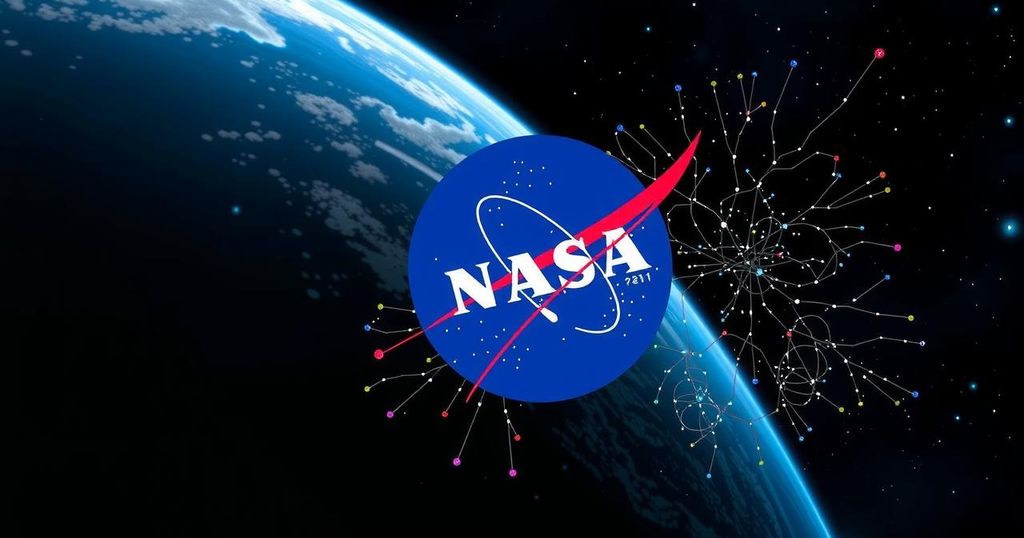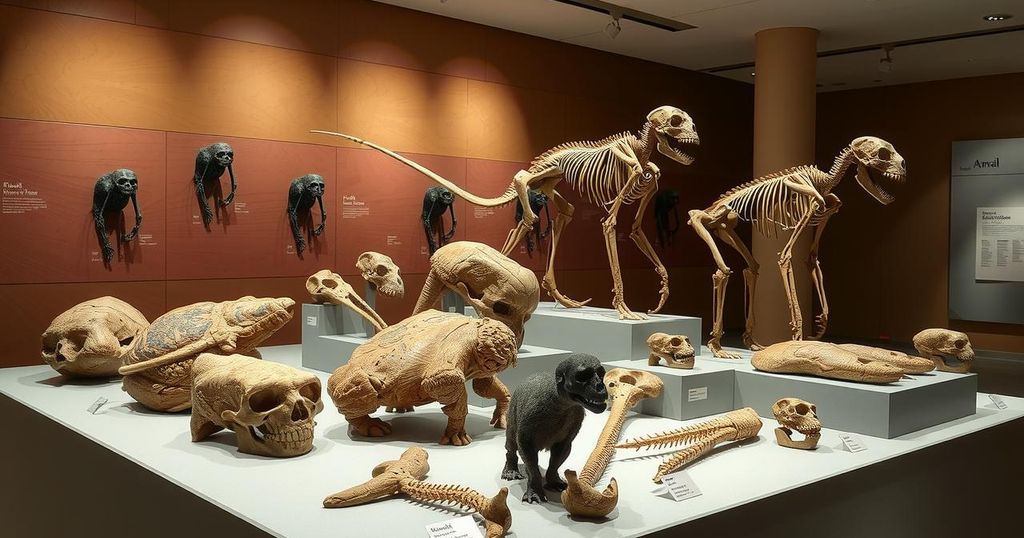Exploring Human Adaptation in Space: Insights from the ISS and Beyond
Key findings from August 16, 2024, reveal astronauts’ adaptive use of ISS spaces, groundbreaking observations of neutron stars revealing complex behaviors, and innovative research using human tissue models to study treatments for muscle loss. Each study underscores humanity’s ongoing quest for knowledge and improvement in space and health.
In the ethereal world of the International Space Station (ISS), where gravity yields to a delicate dance of floating objects, astronauts ingeniously repurpose designated areas meant for maintenance and exercise. This adaptive spirit, unearthed from systematic observations of material culture, reveals deep insights into life in microgravity. A groundbreaking study, dubbed SQuARE, analyzed how crew members interact with their environment and highlighted the need for flexible designs in future spacecraft. It showed that traditional definitions of these spaces don’t fully capture their evolving uses, which could foster greater autonomy among astronauts.
Amidst the celestial observations, scientists delved into the mysteries of seven isolated neutron stars, revealing erratic spins and intricate heat distribution on their surfaces. The XMM-Newton, Chandra, and NICER findings present a window into the lives of these occult giants, hinting at the strong magnetic atmospheric layers that govern them. Understanding these cosmic entities may also lead to revelations about their origins and the evolution of neutron stars in our galaxy.
On the earthly frontier, an inspired research team innovated a human tissue model meant to study drug effects on muscle regeneration—an endeavor critical for both astronauts facing muscle loss in space and aging populations back home. By cultivating human muscle cells in microgravity, researchers observed similar patterns of degeneration, offering a unique lens for understanding muscle health. They found that two drugs, IGF-1 and a 15-PGDH inhibitor, can mitigate these adverse effects, signaling hope for treatment approaches imitating spaceflight’s challenges.
As humanity stretches further into space, these findings stand as a testament to our adaptability—evidence we are learning to navigate both the cosmos and the intricacies of muscle biology with an eye towards improving life aboard future vessels and life on Earth.
Exploring the impact of life in microgravity, researchers are investigating how astronauts adapt their surroundings on the ISS. The SQuARE project serves as the first archaeological study of life in space, focusing on the material culture aboard the station. Concurrently, astrophysicists are studying neutron stars, particularly isolated specimens that illuminate the strange behaviors of these cosmic remnants. On another front, the muscle degeneration faced during space travel prompts innovative research on human tissue models to explore potential drug interventions.
The research unveiled on August 16, 2024, highlights the adaptability of astronauts aboard the ISS, urging a redesign of space habitats to enhance crew autonomy. It introduces compelling insights into neutron star behaviors, potentially enriching our understanding of the cosmos, while also addressing critical health challenges through innovative drug screening methods for muscle regeneration. These interconnected studies not only illuminate the paths of space exploration but also address pressing health concerns on Earth.
Original Source: www.nasa.gov




Post Comment